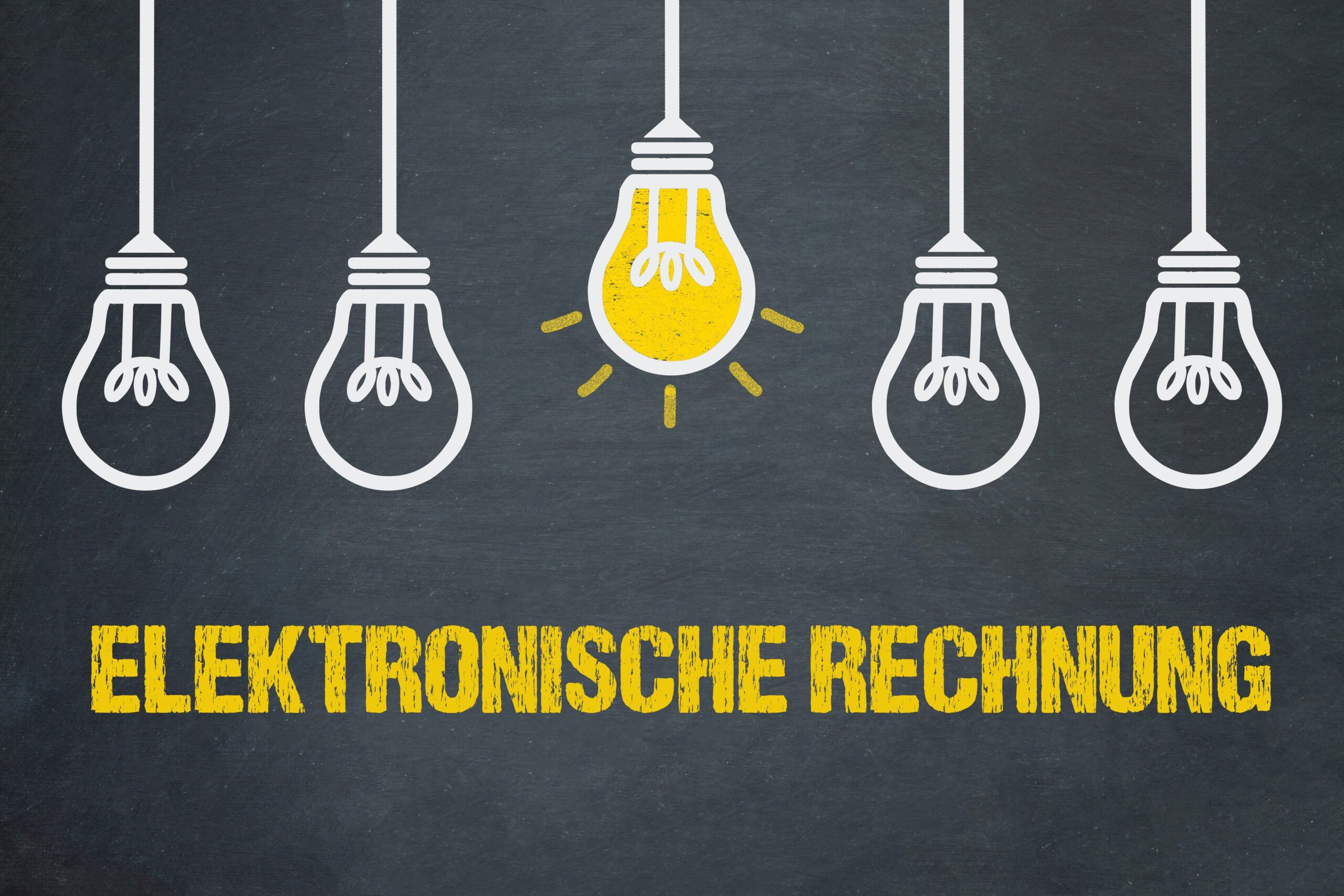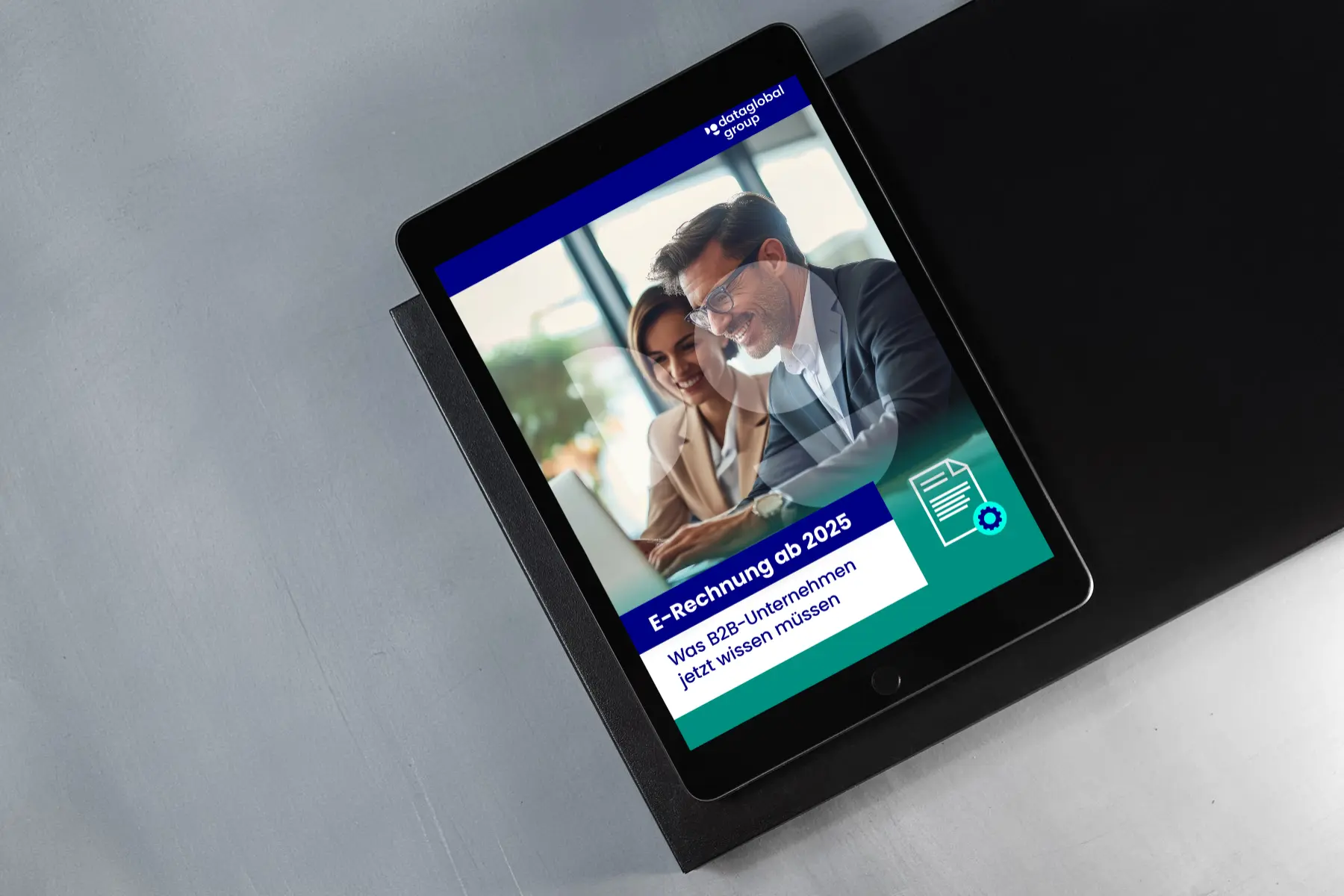Electronic invoicing has been mandatory in the B2B sector since January 2025 – an important step towards digitalization. The legal requirement underlines the increasing importance of e-invoicing for companies of all sizes. Nevertheless, misunderstandings and half-truths about the topic persist, preventing companies from taking advantage of the benefits of e-invoicing. In this blog post, we get to the bottom of the most common myths about e-invoicing and show why they are not true.
Myth 1: “Switching to e-billing is too expensive and time-consuming.”
Many companies fear that the implementation of e-invoices will incur high costs and involve a complex changeover process. However, this assumption is outdated.
Why this myth is not true
- Modern software solutions are often affordable and scalable, making them suitable for small and medium-sized enterprises (SMEs).
- Many providers offer cloud-based solutions that can be implemented without major IT investments.
- The long-term benefits outweigh the initial costs: e-invoices save paper, printing and postage costs and significantly reduce the time spent on manual processes.
- With the right preparation and an experienced partner, the changeover can even be completed in just a few weeks.

Myth 2: “E-invoices are insecure.”
Another common misconception is that digital invoices are susceptible to data leaks or manipulation. This makes many companies reluctant to implement electronic invoicing.
Why this myth is not true
- E-invoices are generally more secure than paper invoices as they are protected with digital signatures, encryption technologies and authentication procedures.
- The automatic documentation of all transactions makes it easier to detect manipulations.
- Legal regulations, such as the EU directive on electronic invoicing, ensure that e-invoices meet high security standards.
- Companies that rely on proven solutions can be sure that their sensitive data is well protected.
Myth 3: “E-invoices are only suitable for large companies.”
Many small and medium-sized companies believe that electronic invoices only make sense for large corporations, as they have extensive IT resources at their disposal.
Why this myth is not true
- There are numerous solutions specifically for SMEs that are easy to use and cost-effective.
- Cloud-based platforms do not require a complex infrastructure and can be easily integrated into existing processes.
- Legal regulations on e-billing, such as those introduced in the EU or other regions, apply regardless of the size of the company.
- By switching to digital invoices, smaller companies can also benefit from more efficient processes and competitive advantages.
Free e-book on e-billing
Tired of myths and half-truths? Do you want facts about e-billing? Then our free PDF guide on the subject is just right for you. Here you can find out everything about the legal background, benefits and the correct implementation of e-invoicing in your company.

Myth 4: “Paper invoices are legally more secure.”
Some companies cling to the idea that paper invoices are legally more secure due to physical receipts.
Why this myth is not true
- Electronic invoices are legally recognized as long as they meet the legal requirements. These include, for example, a correct format, the authenticity of the origin and the integrity of the content.
- Archiving e-invoices is often easier and more secure than storing paper documents, as digital documents cannot be lost or damaged.
- With a certified system, companies are on the safe side and meet all legal requirements.
Myth 5: “Dealing with e-invoices is too complicated.”
There is often a perception that the process of processing and archiving e-invoices requires technical expertise and is difficult to implement.
Why this myth is not true
-
- With user-friendly software, e-invoices can be processed and archived even more easily than paper invoices. Many systems offer automatic data extraction and archiving functions.
-
- The archiving process is often simpler than with paper invoices: E-invoices can be saved at the touch of a button and organized with just a few clicks, without the need to sort or file physical documents.
-
- Another advantage: automation minimizes errors and makes archiving faster and more efficient, which considerably simplifies the entire process.
You can find out more about this topic in our free white paper on incoming invoice processing for e-invoices.

Conclusion
The myths surrounding e-invoicing are based on outdated information or misunderstandings. In reality, electronic invoices offer numerous advantages: they save costs, are secure and efficient and contribute to sustainability. Whether you are a large company or a small business – switching to e-invoices is worthwhile for everyone.
So it’s time to put these prejudices aside and take advantage of the opportunities offered by the digital transformation. Companies that adopt e-invoicing at an early stage not only gain a competitive advantage, but are also well prepared for legal requirements.
So don’t let the myths put you off – the facts speak for themselves! Arrange a non-binding consultation with our experts now.

